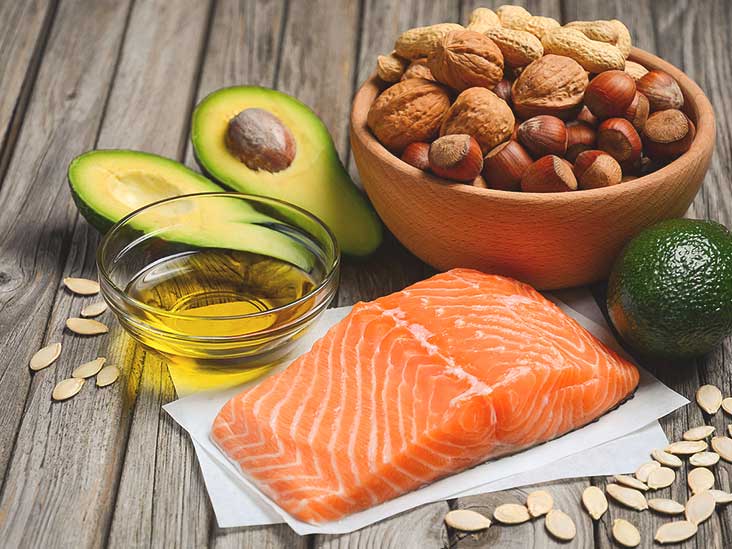A beginner’s guide to cholesterol…
13/09/2017A beginner’s guide to cholesterol…

When it comes to being fit it often feels like there are a lot of different metrics by which you could measure your success. Should you track weight or thigh circumference? Should you compare blood pressure or blood glucose readings before and after you’ve trained for a few months?
The thing is there are so many advantages to getting fit that with some good old fashioned work outs and eating right you are likely to see success on all of these metrics. One important factor for a lot of people when it comes to getting fit is learning about cholesterol.
That includes what cholesterol is, where it comes from, how to lower cholesterol (you can find more information here) and the right kinds of foods to eat and exercises to do if you need to. This is a sometimes forgotten metric, but is very important for your long-term health. To help you get started here are the basics: a beginner’s guide to cholesterol.
What is cholesterol?
Cholesterol is a fatty substance that is produced in the liver and is vital to many bodily functions. While we may hear about cholesterol as something which we need to reduce, in actual fact the body always needs some cholesterol going round its system to help complete a number of important physiological functions.
The confusion often comes because there are two different types of cholesterol – LDL and HDL cholesterol. LDL is so-called ‘bad’ cholesterol, while HDL is often referred to as ‘good’ cholesterol. Some people like to remember this by thinking of H for happy cholesterol.
Why is it important?
Essentially, good heart health and long-term fitness in part depends on cholesterol levels. It’s important to make sure you don’t have too much LDL cholesterol and you do have enough HDL cholesterol. Being on the right track with these two little numbers can have important implications for your health down the line, and luckily they’re relatively easy to modify with the right lifestyle changes.
How to lower cholesterol?
Right, now that we know what cholesterol is and the difference between bad and good the important question is how to lower cholesterol levels, or at least how to lower the bad type and encourage the good. In essence this comes down to so-called good and bad fats.
Research suggests that replacing bad fats with good ones in your diet will, as you might expect, lead to less bad cholesterol and more of the good kind (HDL). What are good and bad fats? Good ones are unsaturated fats. These tend to be things that are liquid at room temperature like olive oil and rapeseed oil.
They are also found in food items like salmon and other oily fish, nuts, seeds and avocadoes. Bad fats are the ones more common in a typical western diet. They include butter, milk and those from fatty meats. Most people consume a lot of ‘bad’ or saturated fat in processed food like crisps, biscuits and cake.
So if you are looking to reduce your (bad) cholesterol a good place to start is by replacing a few ‘bad’ fat meals (think steak and chips, or full-fat butter on toast) with good fats. Why not try a delicious salmon steak instead and have avocado butter on your toast in the morning? And of course cholesterol levels are also influenced by exercise, so get your work out gear on and move that body too!